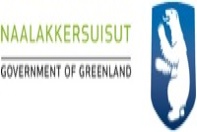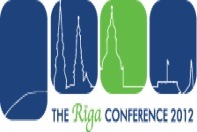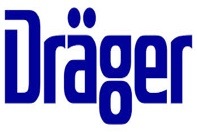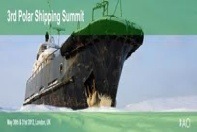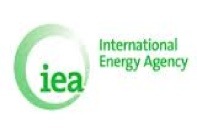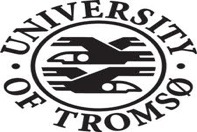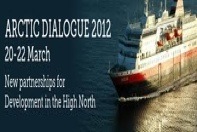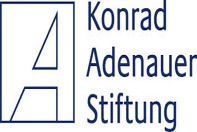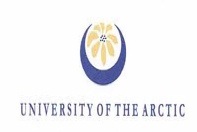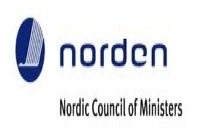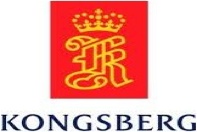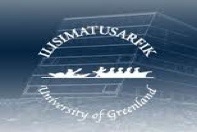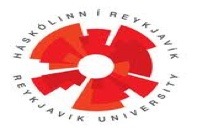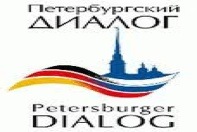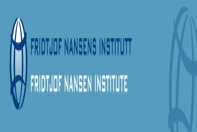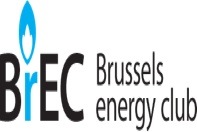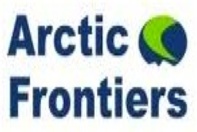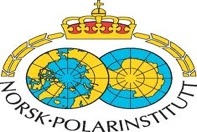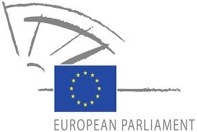Delimitation agreement: A new era in the Barents Sea and the Arctic?
 Almost 40 years of border dispute between Russia and Norway in the Barents Sea is officially over. Both Oslo and Moscow can now rightfully map the area that has been ruled by a moratorium since 1980. The treasure hunt began only hours after the treaty went into force on July 7, 2011. What implications will the delimitation agreement have?
Almost 40 years of border dispute between Russia and Norway in the Barents Sea is officially over. Both Oslo and Moscow can now rightfully map the area that has been ruled by a moratorium since 1980. The treasure hunt began only hours after the treaty went into force on July 7, 2011. What implications will the delimitation agreement have?
Days before a visit of Russian President Medvedev to Oslo in April 2010, hardly anyone could predict a resolution of the long-standing maritime border dispute. From the very beginning of the official negotiations in 1974 the Soviet Union and Norway had fundamentally different standpoints and no willingness to compromise. Between the two states’ preferred borderlines, lay a disputed area of 176’000 square kilometres with rights to exploit the resources unsettled. The disputed area made up 12 percent of the whole Barents Sea, which is the equivalent of 45 percent of Norway’s total land area. 36 years later the agreement is finally reached with the treaty officially signed on September 15, 2010 causing the ‘Gray Zone’ to vanish. This vast area contains substantial amounts of biological resources and likely huge reserves of carbon resources.
Regardless of the amount of resources being found in the future on Norwegian and Russian side, both countries can already claim victory. This is first and foremost a political deal honouring diplomacy and negotiations, but also an agreement that can have significant economic benefits for the countries. According to some experts, overall income generated from the implementation of the treaty might reach 200 billion dollars. This has the potential to foster significantly strengthened cooperation both onshore and offshore.
Policymakers in Oslo thus did not try to conceal their elation. A Norwegian vessel set its course towards the Barents Sea hours after the treaty entered into force and is planned to spend the next three months doing seismic surveys. Analysts point to the fact that Norwegian oil production has been decreasing in recent years with production figures reaching its peak in 2001. Norwegian politicians and industry therefore have a strong interest in boosting hydrocarbon exploitation, and formerly inaccessible areas in the Barents Sea offer good prospects. Some rough estimates reveal up to 17 billion barrels of oil and 5-6 trillion cubic meters of gas under the seabed, although most predictions suggest less carbon resources on Norwegian side.
Finding new resources could be a timely endeavour and have interesting implications for domestic politics in Norway. One of those might be the status of Lofoten and Vesteraalen as future oil and gas areas, a politically hot topic in Norway where industry stands against an active environmental movement. The government has thus far postponed carbon extraction in this area, possibly in the hope of finding an alternative field in the Barents Sea. Without the delimitation agreement in place, the status of extraction outside the island groups would probably look very different.
On the Eastern side of the border, the delimitation agreement is also largely welcomed. ‘Uncertainty over territorial borders and maritime space, without a doubt, casted a shadow over big energy projects in the region’, pointed President Medvedev. Russian Ministry of Natural Resources and Environment was fast to announce that first exploration licences may already be granted in 2013-2014. Experts, on the contrary, are rather sceptical about such accelerated path. According to some, Arctic offshore hydrocarbon production requires significant amount of resources and advanced technology, something which Russian state-controlled giants Gazprom and Rosneft often lack. Some voices also point out that activities in the formerly disputed zone may downgrade development of the neighboring Shtokman gas field.
Nonetheless, delimitation of the maritime space and the seabed in the Barents Sea is a stepping stone for Moscow’s plans of Arctic development. As Kremlin politicians repeatedly state, transformation of the Arctic regions into the resource base of Russian economy belongs to country’s strategic priority in the 21st century. Russian biggest shipping company, Sovcomflot, for instance, has already announced a new strategic concept which will be tied to the Arctic offshore energy exploitation. It was adopted by Sovcomflot’s Steering Committee on June 24. The strategy shall result in a greater number of ships capable of caring offshore extracted oil and liquefied natural gas.
While the bilateral deal offers significant opportunities to both Russia and Norway, its importance for wider region and its international system should not be underestimated. Just days after Russo-Norwegian agreement was declared, then Canadian Foreign Minister Lawrence Cannon was publicly urging the United States to reach a compromise in a similar dispute in the Beaufort Sea. In addition, the Barents agreement can be a potential trigger for a suspended deal on the Bering Strait with the US, reintroducing the issue to the agenda of Russian policy-makers. Both the Norwegian Prime Minister and foreign minister have stressed that the border agreement can be an inspiration for other countries. Not only has the Barents Sea pact provided an example of ‘good practise’ in bilateral border resolutions, it necessarily showed that international law, diplomatic curtsey, mutual interest, sustainable development and cooperation can and should dominate Arctic international affairs.









